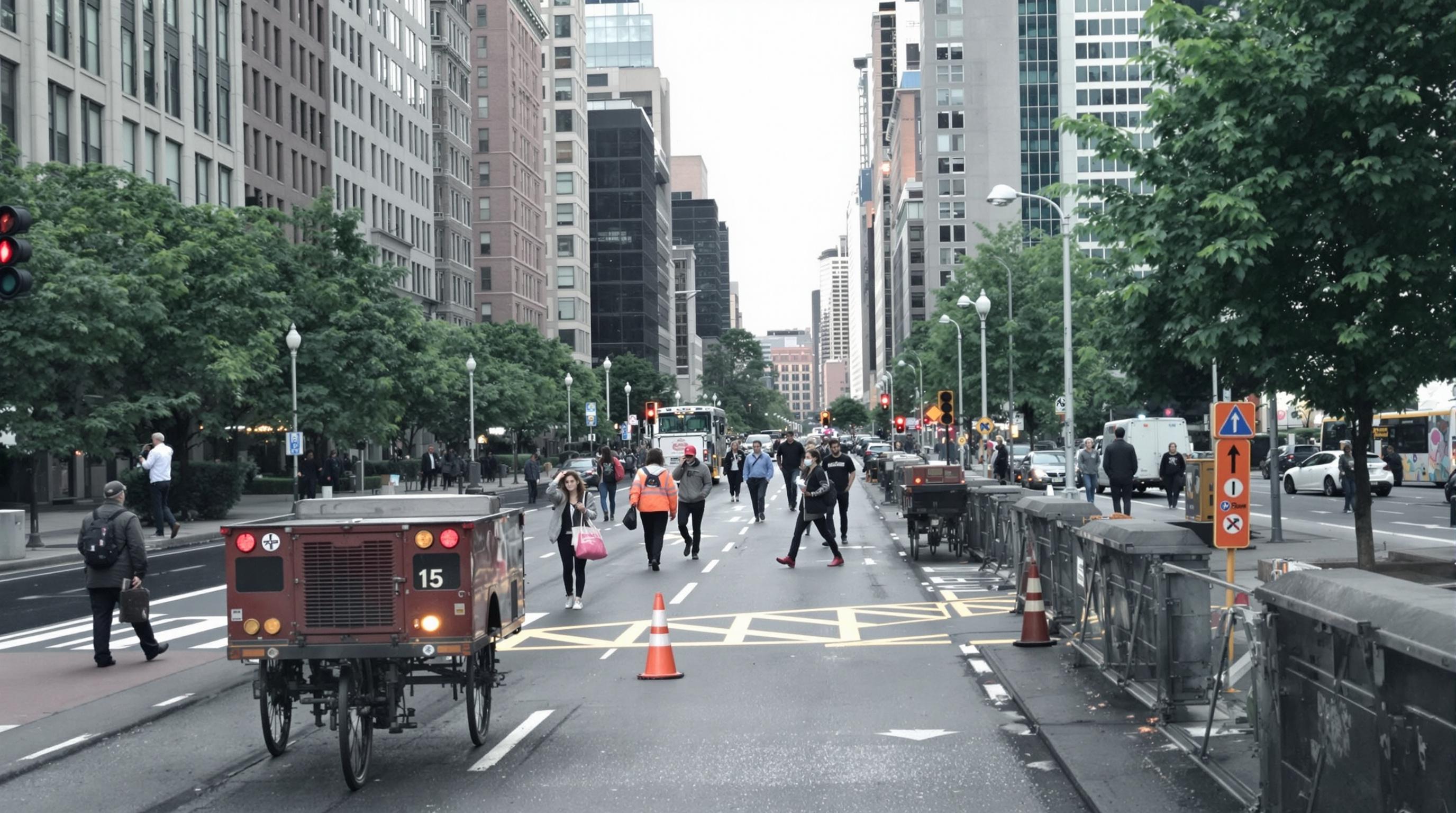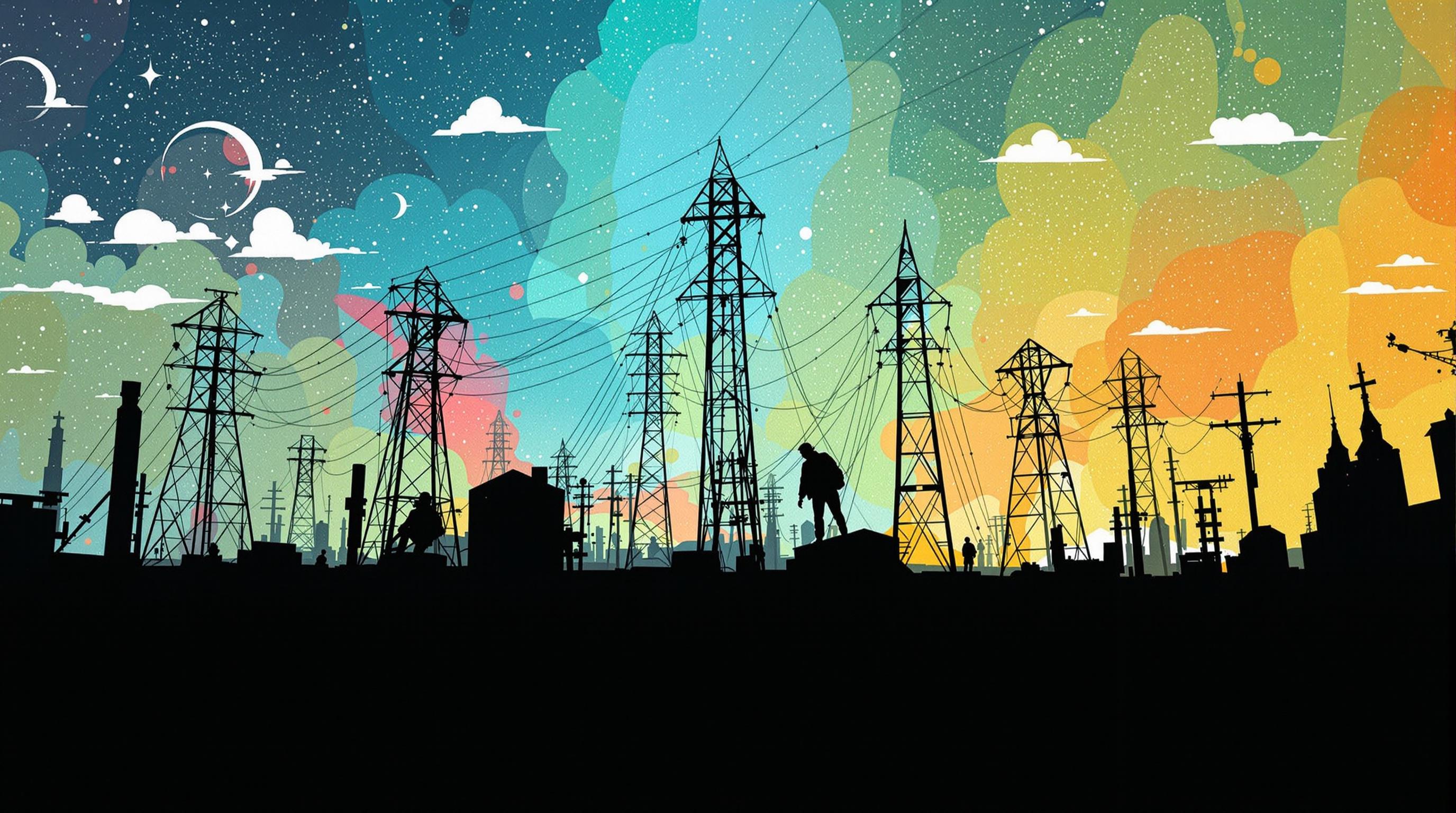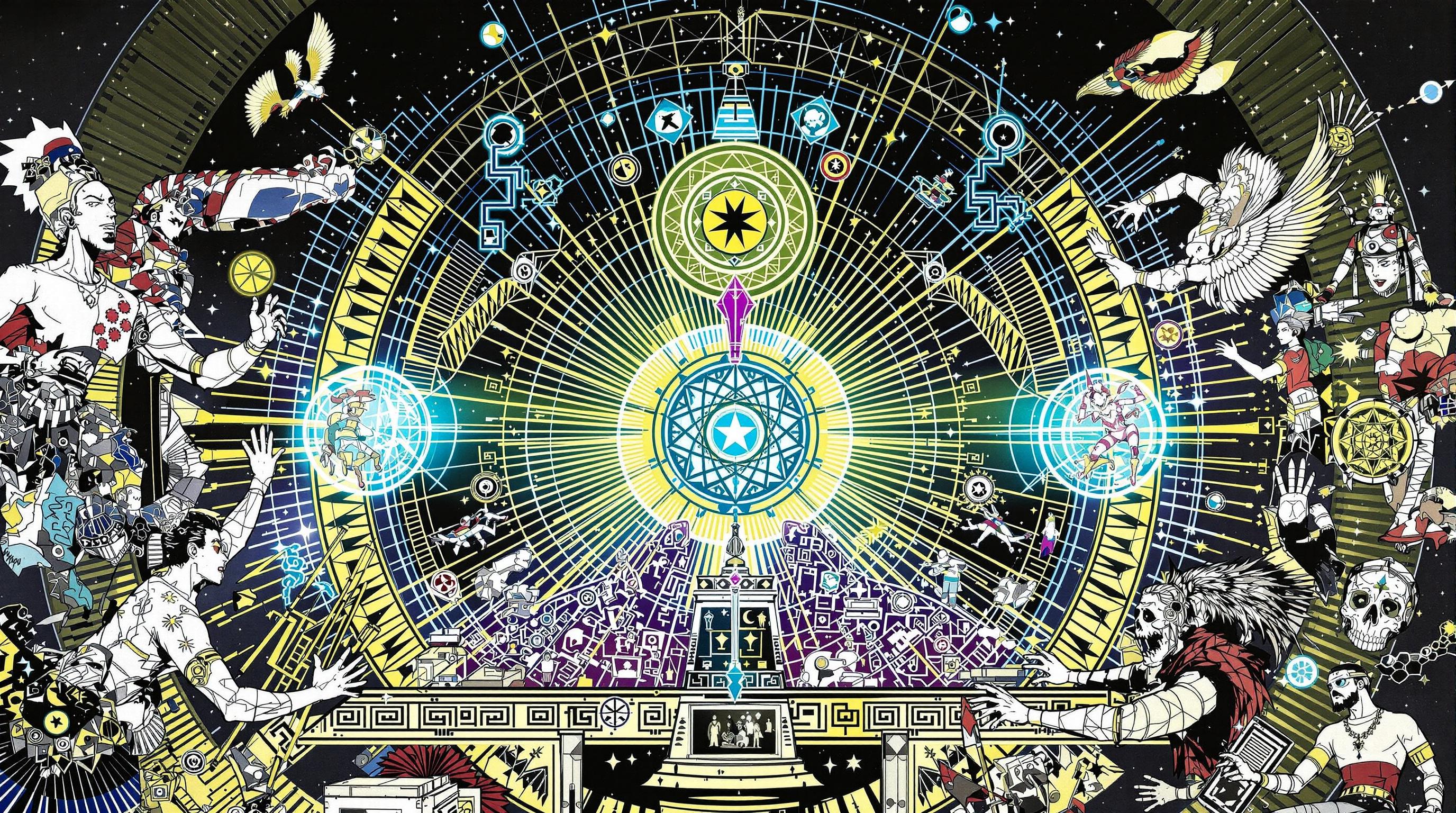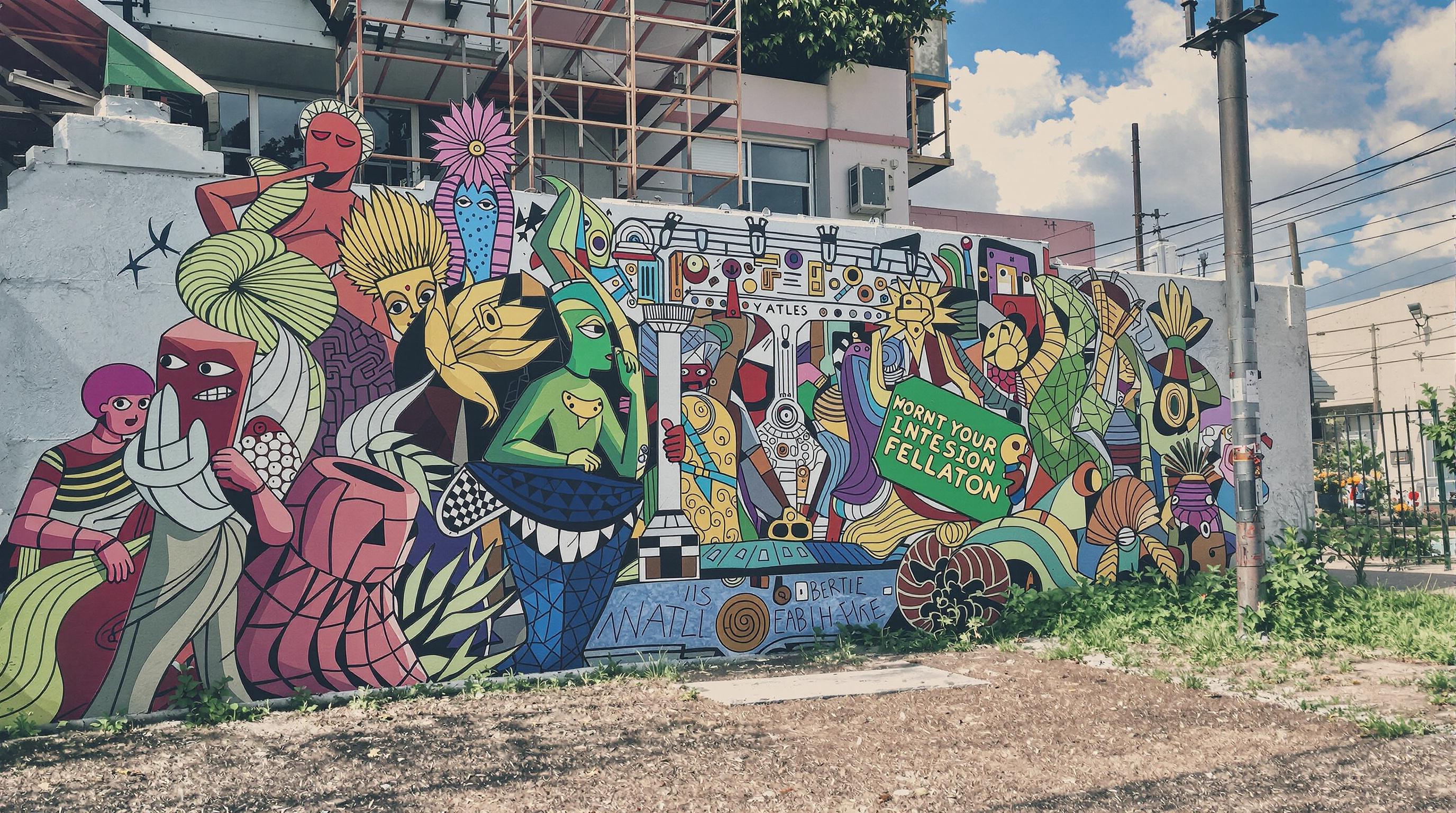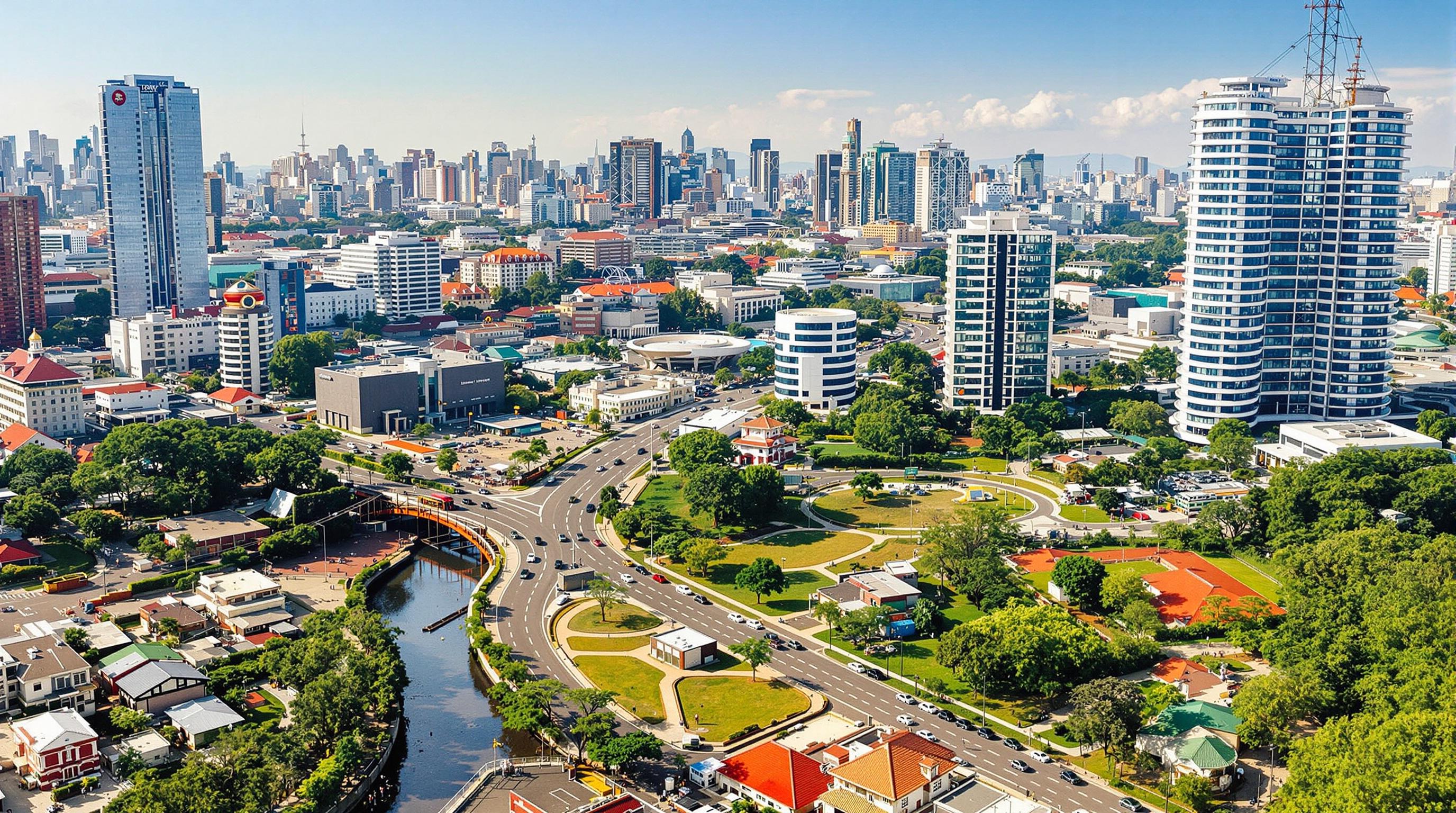Related Articles
- Harnessing Nostalgia: How Memory Mapping Can Inspire Innovative Urban Infrastructure Solutions
- Revealing the Invisible: How Urban Legends Influence Public Perception of Infrastructure Projects
- Whimsical Structures: How Playgrounds Can Inspire Innovative Approaches to Urban Infrastructure Development
- The Enigmatic Impact of Dark Fiber Networks on the Future of Digital Ecosystems and Their Capacity to Scale
- Beyond the Horizon: Exploring the Impact of Cultural Nuances on Global Digital Infrastructure Expansion
- Whispers of the Future: How AI-Driven Edge Computing Redefines Network Resilience and Flexibility
Revealing the Invisible: How Urban Legends Influence Public Perception of Infrastructure Projects
Revealing the Invisible: How Urban Legends Influence Public Perception of Infrastructure Projects
Urban legends can shape the public's perceptions of major infrastructure projects in unexpected ways, often overshadowing the facts with fear and misinformation. This article delves into how these captivating stories influence community views, stirring emotions and sometimes even swaying policy decisions.
The Rise of Urban Legends
Urban legends have a long history, often emerging in response to societal fears or significant changes. In a study conducted by the Pew Research Center, 26% of Americans reported believing in at least one urban legend, which underscores the pervasive power these stories hold (Pew Research Center, 2021). From tales of cursed bridges to the specter of harmful construction projects, urban legends can take on a life of their own, garnering attention and sometimes leading to misinformation that affects real-world decisions.
The Invisible Influence of Narratives
The stories we share influence how we perceive the world. For instance, a simple tale of "the collapsing bridge" can be enough to sway public opinion against redevelopment efforts. Take, for example, the urban legend surrounding the "Haunted Highway" that supposedly claims the lives of those who travel alone. This myth not only deterred drivers but also shaped local policy discussions regarding infrastructure investments in the area. A road that could have benefitted from upgrades was instead left languishing due to fear and superstition.
Case Study: The Ghost Town of Infrastructure
In the late 1990s, a small town in Nebraska faced the potential construction of a much-needed overpass. However, local urban legends about the land being haunted by restless spirits delayed the project by five years. As planning meetings stalled, residents recounted stories of sightings and strange happenings in the area, bringing city planners up against a formidable foe: the community's psyche. Despite extensive research revealing no historical significance tied to the land, the fear of "ghosts" trumped empirical data. Urban legends, as humorous as they might sound, can stall progress and affect investment significantly.
Humor in the Folktales
Some urban legends are downright laughable. Consider the tale of the "Cursed Train Tracks" where supposedly anyone who steps on them experiences a streak of bad luck for seven years. While this may elicit a chuckle, it also reflects a serious undercurrent: infrastructure projects like new train systems can face delays or pushbacks fueled by these narratives. Perhaps it’s easier to blame a curse than to confront the complexities of urban planning. In a 2019 poll, 34% of respondents actively avoided areas surrounding supposed “haunted” locations, despite their obvious development potential (American Urban Legends Society, 2019).
Statistics Speak Volumes
It’s essential to draw a line between myth and reality, especially when public policies are frequently shaped by folklore. A 2022 analysis by the Urban Institute found that communities swayed by urban legends frequently protested against new developments, citing fears fed predominantly by misinformation. For every myth debunked, roughly five myths emerged in its place, highlighting the uphill battle advocates for infrastructure face in changing public perceptions.
The Role of Social Media
In this digital age, urban legends spread like wildfire through social media platforms. With platforms like Twitter and Facebook serving as the breeding ground for stories, the speed at which misinformation travels can be alarming. For instance, a shared post claiming ‘toxic waste’ was discovered on the site of a proposed public park led to immediate backlash, even reallocating funds to conduct tests that ultimately proved unnecessary. This situation highlights how easily digital narratives can paint infrastructures—like parks, roads, and bridges—as malevolent entities rather than public assets.
Combating Urban Legends
City officials and planners are not sitting idly by. Many are working actively to combat urban legends through community engagement and transparent communication. It’s important to hold public forums and utilize social media to share evidence and counter fictional tales directly. Strategies such as incorporating local residents in the planning process help demystify changes and lead to more positive attitudes toward infrastructure projects.
Creative Storytelling as a Solution
Many communities have turned to storytelling as a way to approach the topic of urban legends. Engaging local artists to develop narratives that transform fears into powerful community tales can foster resilience. For example, a project in Portland, Oregon, featured local storytellers recounting factual histories of infrastructure projects, simultaneously addressing public myths while instilling a sense of pride among residents. This approach turned fearful narratives into celebrations of progress and community involvement.
Lessons from History
Historically, urban legends have influenced decisions as far back as the New Deal. Fears surrounding the "Black Widow of the Welfare State" discouraged many families from accepting help, thereby affecting infrastructure development in their communities. The persistent myth around welfare programs becoming a ‘scam’ continues to impede resource investments today.
The Future of Urban Legends
As we move forward, understanding these narratives will be imperative for urban planning. Our infrastructures hold the power to connect communities and facilitate growth, yet they can easily be derailed by invisible myths. Therefore, it is essential to reframe the dialogue around these urban legends, leveraging storytelling and transparency to reclaim the narrative and promote an informed public.
Engaging Generational Voices
Regardless of age, everyone has a stake in their community's infrastructure. Young voters often drive the conversation, but equally critical voices are those of older generations who share tales of the urban legends that shaped their realities. Two-way conversations that bridge generational divides can help unpack fears and promote a more informed dialogue about infrastructure projects. Ultimately, everyone benefits when facts replace fiction, ensuring safer and better-connected neighborhoods.
Concluding Thoughts
Urban legends may seem trivial at first glance, but they wield real power over public perception and policy-making. As we’ve seen, these stories influence attitudes toward infrastructure in ways that can delay or derail essential projects. A proactive approach—characterized by storytelling, open dialogue, and transparency—serves as a means to unveil the invisible forces at play in shaping our public spaces.
So, next time you hear a spooky tale about a bridge or a road project, remember: it could be more than just a fun story; it might affect the future of infrastructure in your community. Stay informed, challenge myths, and embrace the true narratives that have the power to build—not just roads and bridges—but the very fabric of our communities.
